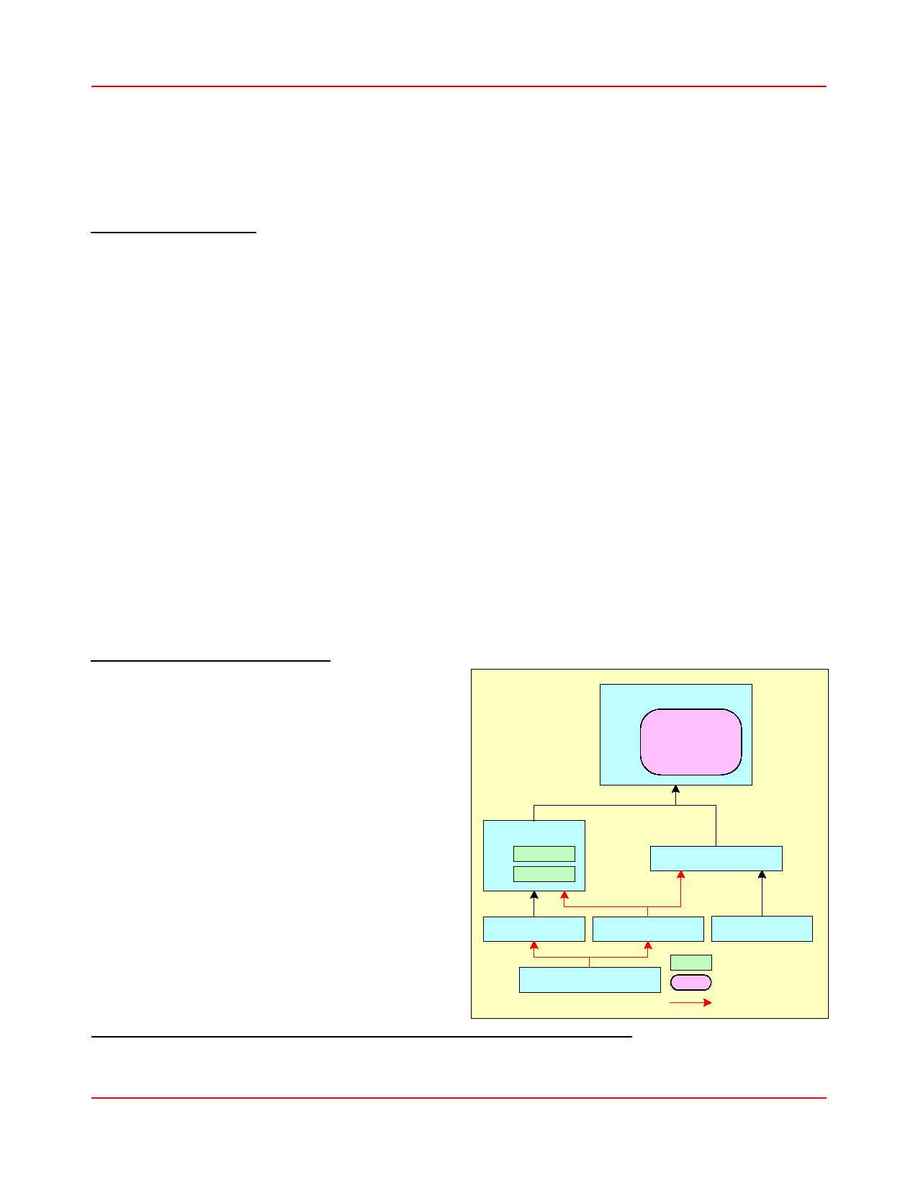
2.1. Introduction.
Perhaps the most difficult section of the program
will be the module that processes input observations
and reduces them to a form suitable for passage to
the O-C section of the parameter adjustment module
(see Figure 1). Essentially, the observations will be
sent to the O-C section in the form of apparent posi-
tions, corrected for various biases, including (but not
limited to):
» catalog corrections
» delay/doppler bias corrections
» coordinate frame fiducialization
» aberration corrections
» nutation and precession
Integral to this section are the specific types of
observational datasets and the specific types of ob-
servational platforms. The data and platform types
vary widely.
2.2. Observing Platforms.
One must consider the various observing plat-
forms presently available in the solar system. They
are
I.
Planet
A.
Earth
1.
Earth-based observatories
2.
Earth orbiters
B.
Planetary landers
C.
Planetary orbiters
II.
Deep space probes (i.e., gravitationally un-
bound from all planets and satellites)
Figure 2 shows the object hierarchy of observing
platforms.
2
The C++ code classes will reflect this hi-
erarchy. Each input datastream will contain relevant
observing platform information. An appropriate ob-
serving platform object will encapsulate this infor-
mation. Each type of platform object also
encapsulates the necessary functionality (referred to
as
method
) to provide information needed to ma-
nipulate or transform data of the corresponding type
(see Figure 3 on page 8). For example, planetary ob-
serving platform objects know how to precess and
nutate coordinates to a specified epoch. Each base
class contains parameters and functionality common
to all subclasses derived from it. The derived classes
contain only the additional or specialized parameters
and functionality required to handle platforms of a
specific kind. For example, since all planetary plat-
forms have a basic precession and nutation
capability, these methods reside in the base class
PlanetPlatform. An EarthPlatform object auto-
matically inherits all the functionality and data of
PlanetPlatform. The EarthPlatform object
therefore contains only additional abilities, data, or
refinements, for example precession parameters spe-
cific to the Earth. Proper use of inheritance
Chapter 2: The Observations Module
Chapter 2: Observations
D:\Newcomb\Documentation\NewcombManual.lwp
6 of 19
10:42pm April 23, 1997
2
Arrows in Figures 2 and 3 point
from derived classes to parent (also called base) classes. This is the standard notation.
Platform
PlanetPlatform
SpacecraftPlatform
EarthPlatform
OrbiterPlatform
ProbePlatform
EarthOrbiterPlatform
Figure 2.
Platform Class
Hierarchy.
epoch
central object
local position
local coord origin
precess
nutate
class method
encapsulated data
multiple inheritance
